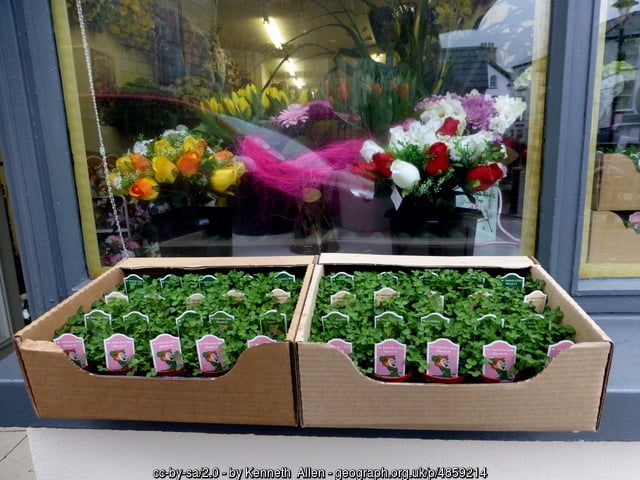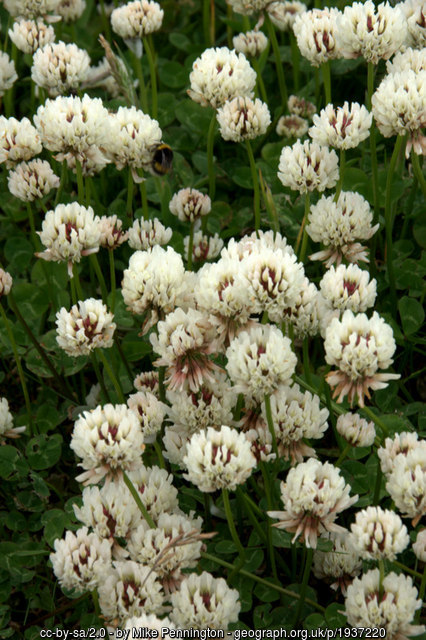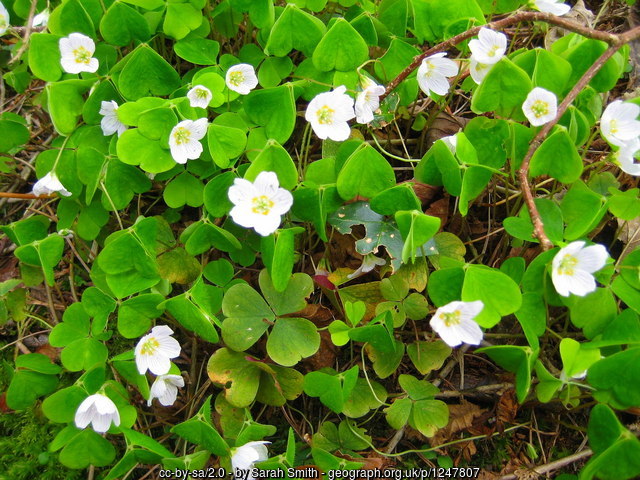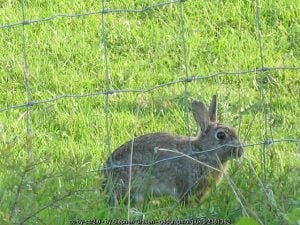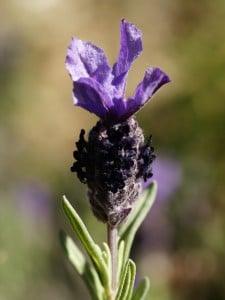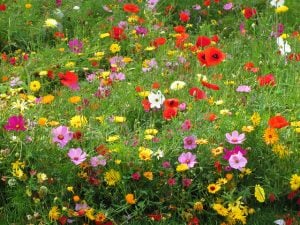Shamrocks for St Patrick's Day - plant some for every year?
Shamrocks, the emblem of St Patrick’s Day and Ireland, are a must-have for celebrations today. They might be growing in your garden right now, or something to plant ready for next year. Read on to find out more!
Saint Patrick's Day commemorates the arrival in Ireland of St Patrick. It is a national holiday in Ireland and Northern Ireland, and in places with strong links to Ireland and the nineteenth century movement of Irish people around the world. Celebrations are common in many places and include public parades, the wearing of green clothes - and shamrocks. The link sometimes made between alcohol and the celebrations isn't only a party thing. On St Patrick's Day the restrictions of Lent were lifted and, at the end of the day, the shamrocks that had been worn were popped into the last drink, a toast raised, the alcohol drunk and the shamrock thrown over your left shoulder.
How to recognise a shamrock
Three rounded leaves are the key. But it's not that easy. There is discussion, even confusion, over what is a true shamrock. Three leaved (and yes, four leaved) 'lesser clover' (Trifolium dubium) is the main contender. White clover (Trifolium repens) (white or pinkish flowers) is the other.
Why plant shamrocks in your garden?
To be ready to celebrate St Patrick’s Day is one reason. Another is that these plants are good for the soil and loved by bees.
You might have lesser clover in your lawn already (I do). It has small leaves and yellow flowers that creep among the grasses. White clover is the larger and bolder plant that may also be in your lawn. It grows big and bold and dominates the grass, but think again before you try to eradicate lesser or white clover from your lawn. Both grow well in poorer soils, they are green and add variety to the lawn. Bees love clover for the nectar in the flowers. If you must, here is the RHS advice to remove clover from your lawn.
Plant white and red clover to feed your garden
White and red clover are often sown on farmed grassland to improve the quality of the feed and the soil. These plants fix nitrogen in the soil (like beans) so they can be good for your garden too. Sow them as a green manure in your veg. plot, or in a new flower bed or border that's waiting for time (and money) to fill it up and watch the bees!
If not shamrocks, how about other three leaved plants?
Sometimes called shamrock (and sometimes confused with it, but it is quite different) is wood sorrel (Oxalis acetosella). I love the nodding white flower heads of this little plant and encourage it under a hedge. It likes a cool damp place so can be hard to grow in many gardens.
Cultivated varieties of oxalis are ideal for rock gardens or troughs where they can enjoy a drier soil, and you can enjoy their pretty flowers and leaves.
Happy St Patrick's Day!
Sign up for our emails below, so we can send you blogs on gardening tips, as well as updates on our sales, so you don’t miss out on those garden furniture bargains!


